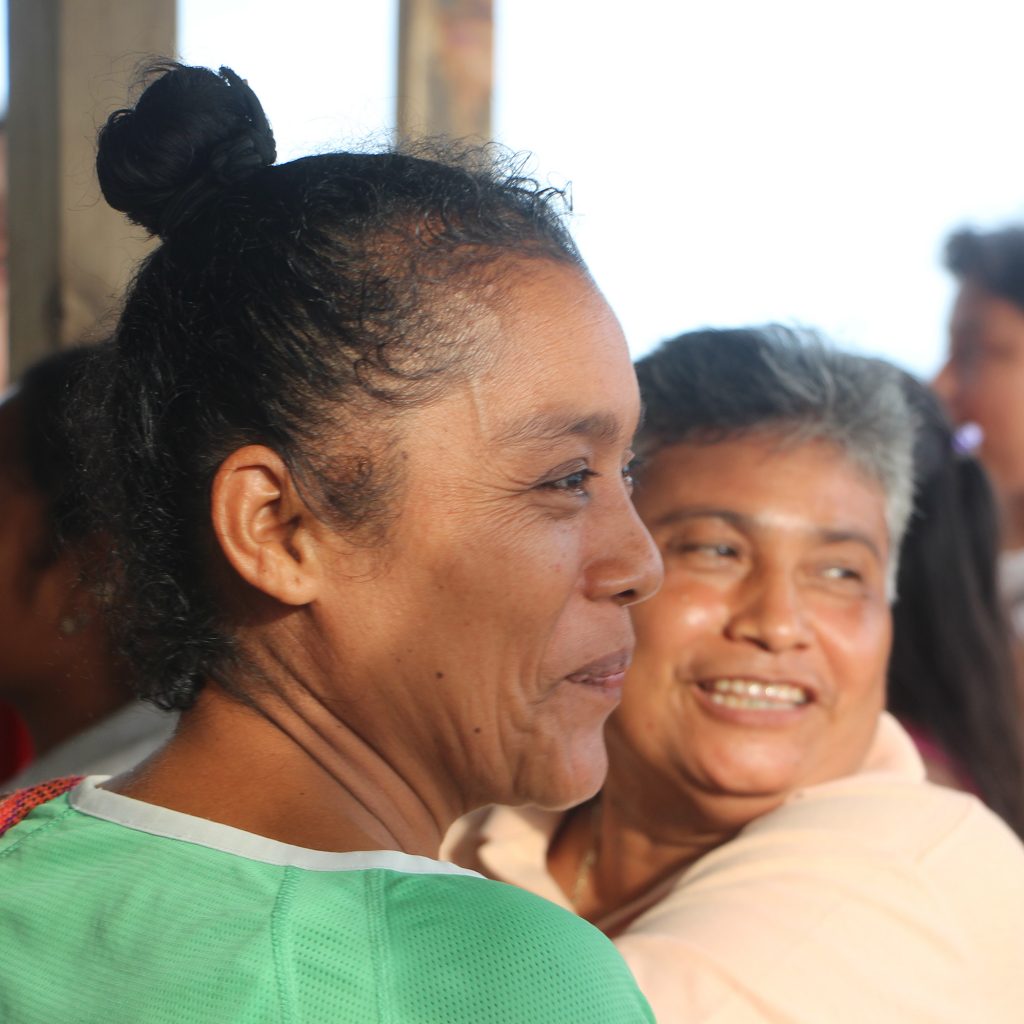In constructed arenas, fields of operation with boundaries and compartments, stations and poles, channels and circuits, bodies are asked to move and behave in patterns and sequences in relation to each other. They are asked to act in reaction to each other, in concert with all others. They are given directions, prompts and codes, restrictions and conditions, all in order to propel the collective creation forward to its fulfillment. There is no accomplishment, no achievement, no product, and no result. There is no objective, no desired outcome. Unlike a game, there is no individual motivation, no strategy, no winning or losing. Unlike performance, it is not prepared or rehearsed. It is more an open-ended exercise. The instructions are general — go this way, go that way, say this, say that — but style or manner of expression is irrelevant to the whole. The constraints of the work, whether material or conceptual, provide a structure to be infiltrated by the composite spontaneous response. There is only one potential point to the exercise: the amplification of joy. If anything, as artist, I — in the first person singular now — can identify in myself and in the participants, an instinct for common joy. The sense of communal activity, the sharing of a mutual task, even (or especially) one with no clear objective where the focus of the work becomes the process itself, shining light on the experience of cooperation as it occurs simultaneously, produces joy by accident, not by design. If this work could be considered investigative, which is inevitable if not intentional, as observation and analysis are inextricable from my experience of the work as artist, the findings reveal and reaffirm our inclination to create pleasure in common.
